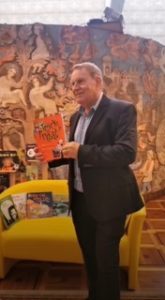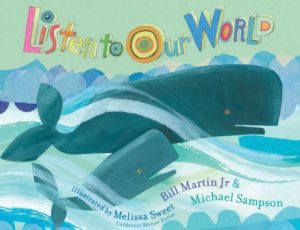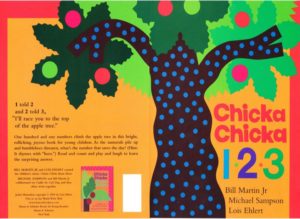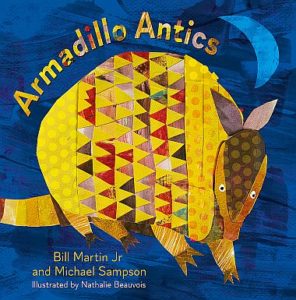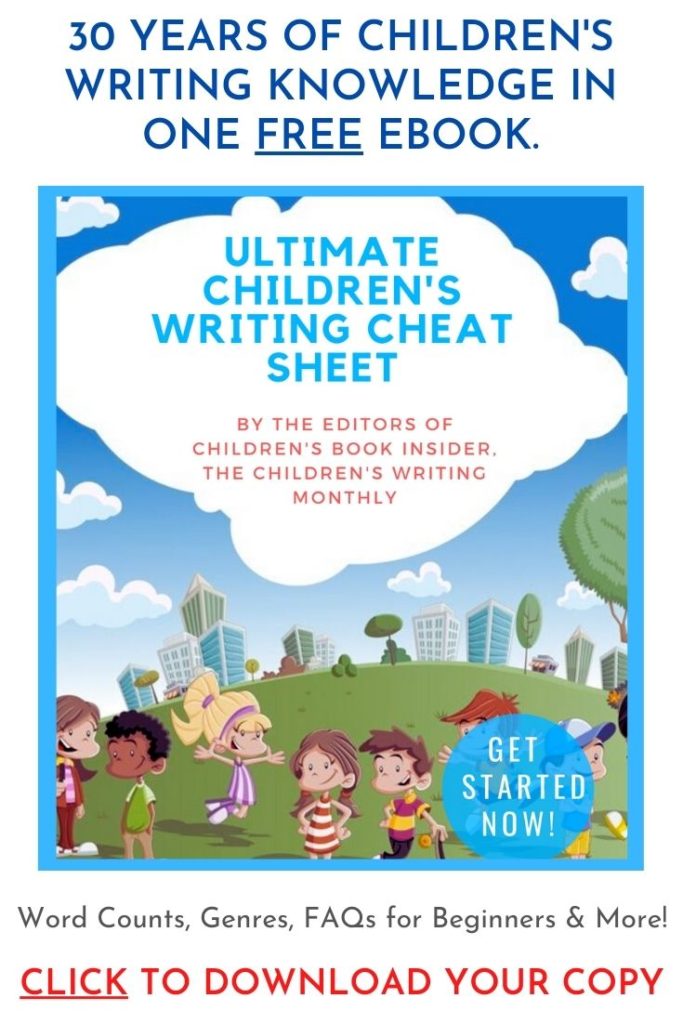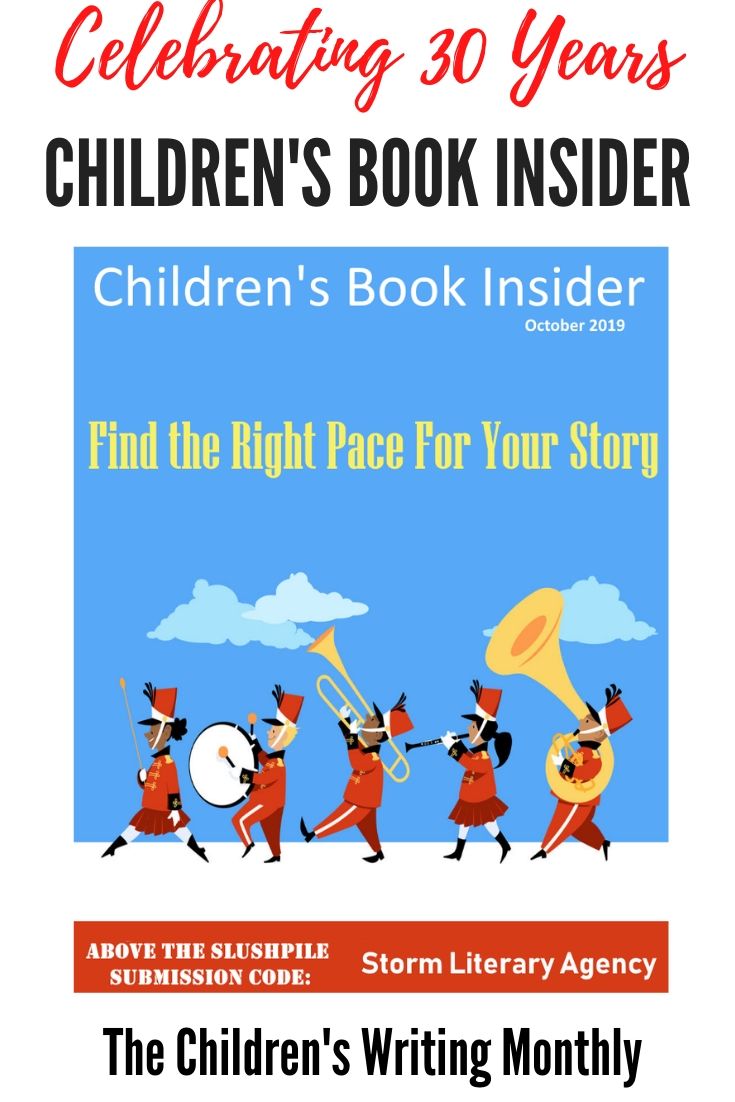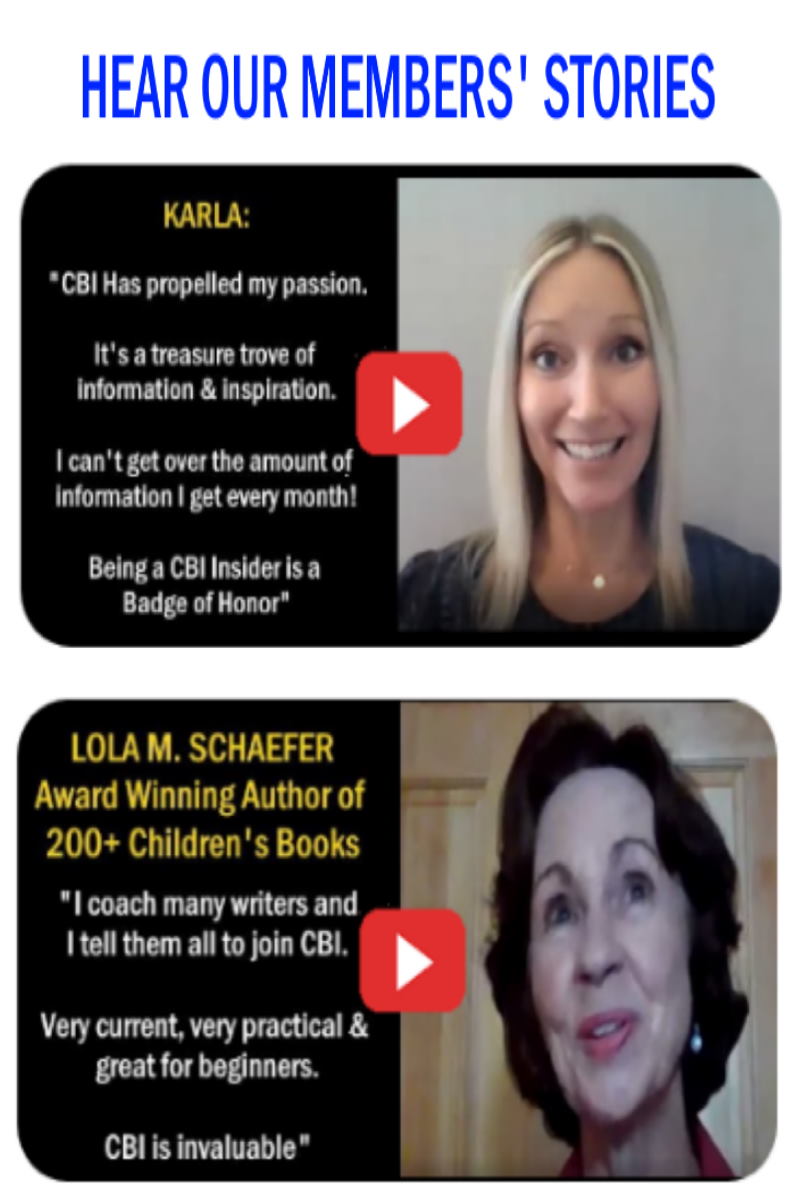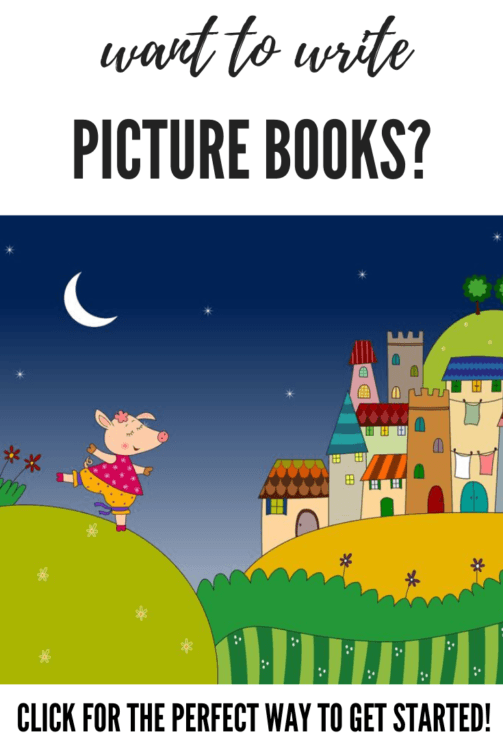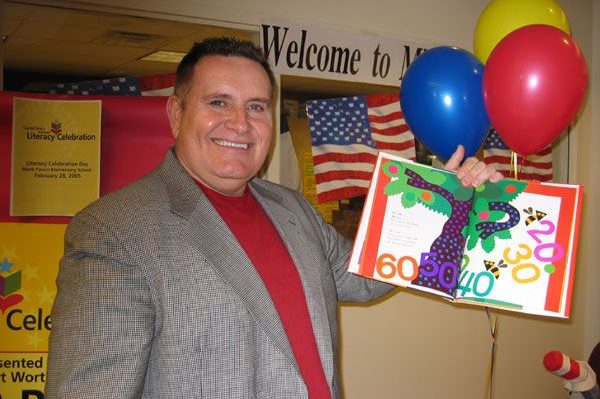
by Sharon O. Blumberg
Dr. Michael Sampson is a New York Times best selling author of 36 books for young children, including Chicka, Chicka, 1, 2, 3 and The Bill Martin Jr Big Book of Poetry. He has also written books on emergent literacy (The Pursuit of Literacy) and on literacy acquisition (Total Literacy: Reading, Writing, and Learning).
After teaching in the public schools, Sampson earned his Ph.D in Reading at the University of Arizona, where he met and established a lifelong friendship and professional relationship with the late children’s author and fellow literacy expert, Bill Martin, Jr. Together they wrote many popular books. His newest two books, Listen to our World and Spunky Little Monkey which were published in 2016 and 2017, became best sellers. Two more Martin/Sampson books will be published in 2022-Armadillo Antics and 10 Little Squirrels.
Sampson travels the US and the world, speaking at schools, book festivals, and conferences, where he is known for his high energy and entertaining performances. He not only shares his book, but tips on how young readers can become writers.
Sampson is a professor of literacy at St. John’s University in New York City, and lives in Manhattan near Union Square. He continues to teach writing courses at the St. John’s campuses in New York, Paris, and Rome.
Learn more about Michael at www.michaelsampson.com
Sharon Blumberg: Your first published book, Experiences with Literacy, came out of your experiences as a teacher. How did your teaching inform or influence your writing when you first started publishing books for children in the 1990s?
Michael Sampson: My experiences in the classroom taught me that children will come to reading when they have books that interest them and that they can be successful with. That’s why my texts feature colorful and attractive art and language that features rhyme, rhythm and repetition. My goal is to create “instant readers” by giving children books they can read themselves after a parent or teacher reads it to them a few times. Children learn through the ear, and what comes in the ear and touches the heart will soon be something they can read as they match what they know about the story with what is on the page. For example, the song “We don’t talk about Bruno” is now known by millions of kids who sing it perfectly. And they learned it by ear. I like to think of my books as music—or songs.
SB: How did your friendship and professional life as an author connect you with the late, beloved children’s author, Dr. Bill Martin Jr?
MS: Bill and I started working together in staff development in 1978 when we first met at a reading conference in Tucson. Over the following 20 years, more than 100,000 teachers learned about our theories of reading at our Pathways to Literacy conferences. We started writing picture books together in 1993.
SB: Many of your books for children were co-authored with Bill Martin Jr. How does the co-authoring arrangement work? Did one of you write the first draft, then pass it on to the other for edits, for example?
MS: Bill moved to Commerce, Texas in 1993 in a house he built across a small lake from me. He would walk over to my house or me to his every morning. After breakfast, we would work on manuscripts four or five hours. I am very visual, and Bill is very auditory. Thus, I would jot down the lines as we wrote them and read them back to Bill, who did edits using his amazing ear to get the sound just right. We usually worked on one manuscript about three months, doing more than 30 drafts before we were ready to share it with a publisher. Chicka, Chicka, 1, 2, 3 had 55 revisions. To date, more than 35 of our books have been published.
SB: You’ve also written books without a co-author, such as The Football That Won and Football Fever. How was this writing experience different? Do you have a preference between co-authoring or writing alone?
MS: I like working with other people. Collaboration makes our work better. Although the football books you mentioned are solo by me, Bill did indeed work on the stories with me and gave me feedback. I continue to collaborate today. My book that comes out this summer, The Pig, the Elephant, and the Wisecracking Bird, is co-authored by Bonnie Johnson.
SB: Tell us about your school visits. What makes a great school presentation for elementary vs. middle school students? Please share some of your most memorable school visits.
MS: I love school visits! It’s so exciting to meet the children that read my books, and they inspire me to great heights as I perform my books to them and give them tips on how they can be great readers and writers. One visit I remember was in California where the kids and art teachers had made wooden statutes of the characters from our book Little Granny Quarterback! At another visit in Long Island, New York, there were hundreds of paintings by kids depicting many of our books.
SB: You’ve co-authored many academic papers about literacy and reading. Is there anything children’s authors should know about how kids learn to read that will help them write books that better speak to their audience?
MS: First, I’ll share about my process. Writing is storytelling. Spin your yarn and write it down as the tale unfolds. Save editing for later. The key is to let our stream of language flow without interruption. Second, focus on the story and don’t worry about the audience. Books find their own level and audience when they come out. We never worry about vocabulary level or readability. Kids will read what they love and are interested in. Having said that, we do know that our use of rhythm and repetition will make the book more accessible to young readers.
SB: What upcoming events do you have?
MS: I have Fulbright to Ukraine (present and until April 2022) and Texas Library Association-Tuesday, April 26th 10-10:50 AM, Fort Worth Texas
SB: Is there anything else you would like to add that I have not asked you?
MS: I always give this advice to children in my author visits—“If you want to be a writer, you have to be a reader.” That applies of all of us. As an adult, I continue to read a novel a week. When I read, I am internalizing the way other writers use language and vocabulary. It’s an investment, but most of all, the great joy of my life.
Sharon O. Blumberg grew up as a child upon the sandy shores of Miller Beach along Lake Michigan. After she retired from teaching Spanish and Language Arts in 2014, she took on freelance writing, including children’s writing. She’s a frequent contributor to the Children’s Book Insider, and has contributed fiction and nonfiction to children’s magazines and book anthologies. She is a Field Editor to Birds & Blooms, Country, Country Woman, and Farm & Ranch Living, and is working on some children’s picture books and a middle grade novel. Sharon’s 3½ -year-old twin grandchildren have been ardent fans of Michael Sampson/Bill Martin Jr. books for quite some time. This is what got Sharon hooked as well! Visit Sharon’s website at sharonoblumbergauthor.com
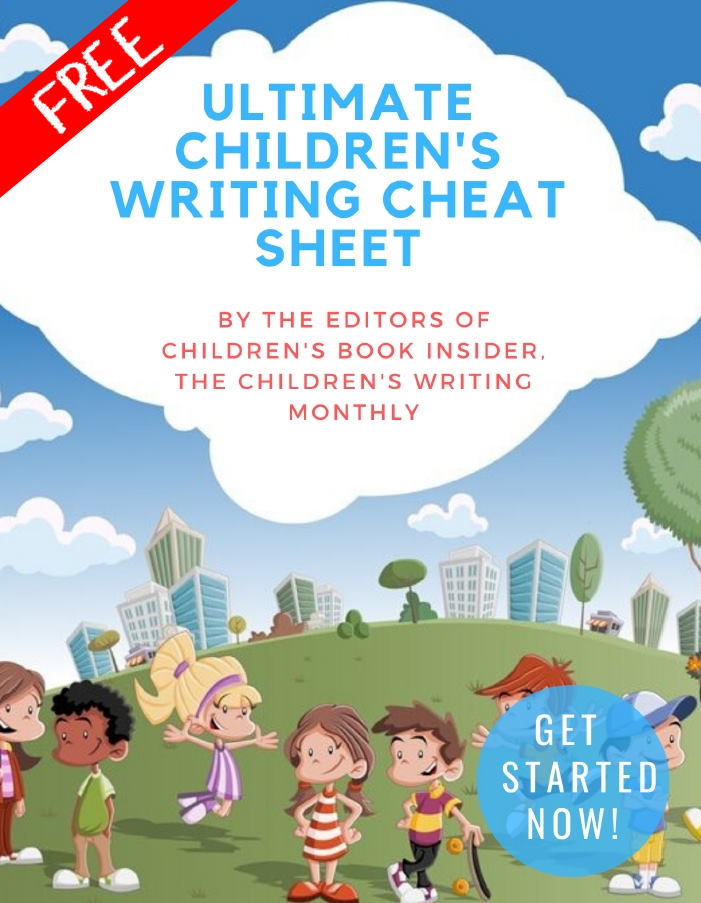
✏ Word Counts & Age Groups for Every Kidlit Category
✏ FAQs, Glossaries and Reading Lists
✏ Category-specific Tips, from Picture Books Through Young Adult Novels
✏ 5 Easy Ways to Improve Your Manuscript
✏ Writing For Magazines …and more!
This is a gift from the editors of Children’s Book Insider, and there’s no cost or obligation of any kind.
We will never spam you or share your personal information with anyone. Promise!
